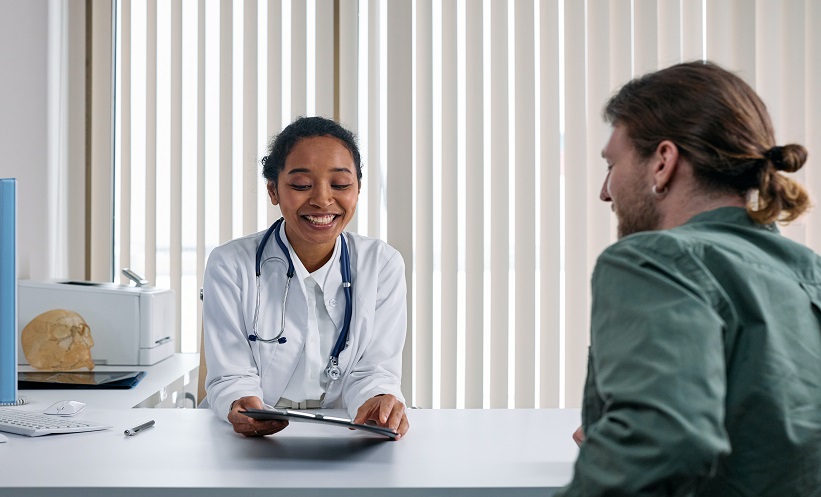EARLIER detection of kidney disease in patients with Type 1 diabetes (T1D) could be achieved with personalised albumin excretion rate (AER) testing strategies based on predicted risk of developing chronic kidney disease (CKD), according to new research conducted by the Epidemiology of Diabetes Interventions and Complications (EIDC) study group.
This group analysed AER and haemoglobin A1c (HbA1c) data from 1,343 patients with T1D included in the Diabetes Control and Complications Trial (1983–1993), funded by the National Institute of Diabetes and Digestive and Kidney Diseases (NIDDK), as well as information from the subsequent EIDC observational follow-up study, commenced in 1994. From this information, they stratified participants into three groups: high-risk, low-risk, and average risk (all other patients with a diagnosis of T1D for ≥5 years outside of the aforementioned parameters). Those deemed at high-risk for developing CKD were patients with an HbA1c of ≥9% and an AER of 21–30 mg/24 hours and those deemed low-risk for developing CKD were patients with an HbA1c ≤8% and an AER of ≤10mg/24 hours. The team subsequently developed and applied a model capable of suggesting optimal AER screening intervals to enable the earlier detection of CKD.
The current screening guidelines suggest that all patients with a diagnosis of T1D for ≥5 years should receive urinary albumin testing annually. In the analysis performed by the EIDC, the model suggested that these high-risk patients should receive urinary albumin screening every 6 months to enable earlier detection and implementation of interventions. For patients deemed low-risk for developing CKD, the model suggested that urinary albumin screening could be performed once every 2 years, as this could help to reduce the stress to patients and costs to healthcare services. The model suggested that all other patients with T1D for ≥5 years who fall outside of the low- and high-risk categories, should continue with annual urinary albumin screening.
This research highlights how the use of personalised risk-based screening strategies could be used to help maximise patient outcomes and streamline healthcare costs.







